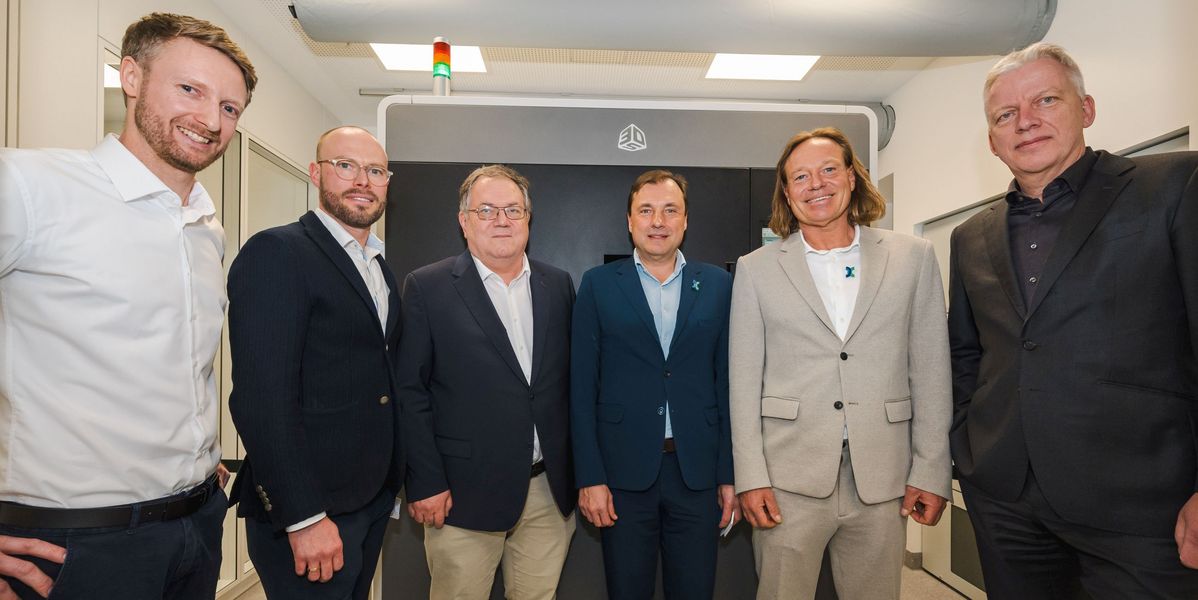On Monday, February 19, 2024, the “3D Center” integrated into the Experimental Orthopaedics Department at the Faculty of Medicine was officially put into operation. The center, which has received around one million euros in funding to date, is intended to pool expertise and knowledge relating to 3D printing and make it available for medical research – and subsequently for regular patient care.
The focus is on the production of patient-specific implants and the manufacture of organ models and specialized surgical instruments.
“Until now, some university medical departments have had their own printers, but often lack the specific expertise,” says PD Dr. Dr. Martin Schulze, a doctor and engineer who manages the 3D Center together with project manager Dipl.-Des. Max Tönnemann. “3D printing as such is only as good as the minds behind it. In order to provide our colleagues with concrete application options that really help, the center is intended to show them what’s possible.”
The center’s technical equipment includes two new printers, including a large 1.4-ton machine, the installation of which required extensive conversion work. The different printing techniques require strict spatial separation in order to avoid contamination and ensure the quality of the printed products. These measures ensure that the models and instruments produced can be used directly in the operating room, which ensures more precise and safer patient care.
“With such customized instruments, such as target instruments individually adapted to the patient’s bones, sawing and drilling steps can be carried out at precise angles and screws can be optimally screwed in for stable, bone-preserving implant anchoring. This makes complex procedures, such as complicated operations on bone tumors or difficult bone fractures, much safer,” explains Schulze.
The next step in the development of the 3D Center is the production of tailor-made surgical instruments that are individually adapted to the anatomical conditions of the patient. These innovations promise a significant improvement in surgical precision and safety.
Funding for this pioneering project was largely made possible by the EU’s “REACT” program. With the official certification of the first additive manufacturing process in accordance with the ISO/ASTM 52920 standard, the 3D Center at Münster University Hospital has positioned itself as the world’s leading facility for the manufacture of medical devices directly at the point of patient care.
Subscribe to our Newsletter
3DPresso is a weekly newsletter that links to the most exciting global stories from the 3D printing and additive manufacturing industry.






















